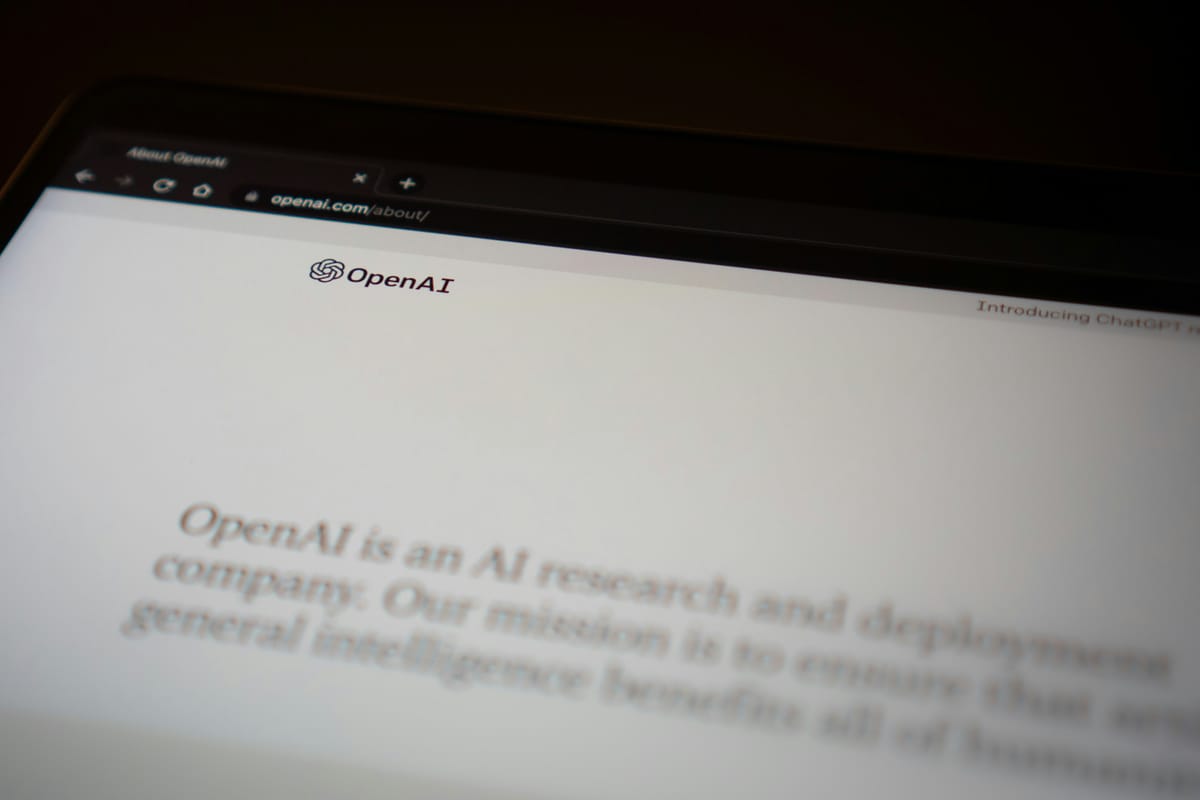OpenAI Distances Itself from Google's Chip Strategy as AI Hardware Wars Intensify
OpenAI's recent declaration that it has no plans to utilize Google's proprietary Tensor Processing Units (TPUs) signals a deepening divide in the artificial intelligence industry, where control over computing infrastructure is becoming as crucial as the AI models themselves. This strategic positioning comes at a time when major tech companies are racing to secure their hardware independence and competitive advantages in the rapidly evolving AI landscape.
The High-Stakes Game of AI Hardware Independence
The artificial intelligence revolution isn't just about algorithms and data—it's increasingly about who controls the silicon that powers these systems. OpenAI's explicit rejection of Google's TPU technology represents more than a simple vendor preference; it's a declaration of technological independence that could reshape partnerships and competition across the industry.
Google's TPUs, first introduced in 2016, were specifically designed to accelerate machine learning workloads and have been a cornerstone of the company's AI infrastructure. These chips power everything from Google Search improvements to the company's own AI models, including Bard and Gemini. For OpenAI to publicly state it won't use this technology suggests a strategic calculation that goes beyond mere technical specifications.
Behind OpenAI's Hardware Strategy
OpenAI's current infrastructure heavily relies on NVIDIA's H100 and A100 GPUs, which have become the gold standard for training large language models. The company's partnership with Microsoft has provided access to massive computing resources through Azure cloud services, creating a dependency that OpenAI appears comfortable maintaining rather than diversifying to Google's ecosystem.
This hardware choice isn't arbitrary. Training models like GPT-4 requires enormous computational resources—estimates suggest it cost between $63 million and $100 million just for the initial training run. The choice of hardware directly impacts not only performance but also operational costs, training time, and ultimately, the competitive position of the resulting AI models.
The Broader Implications for AI Competition
OpenAI's stance reflects a broader trend toward vertical integration in the AI industry. Companies are increasingly recognizing that controlling the entire stack—from hardware to software to applications—provides crucial competitive advantages. Google has its TPUs, Apple has developed its own silicon for AI workloads, and even OpenAI has reportedly been exploring the development of its own chips.
This hardware fragmentation creates both opportunities and challenges. While it drives innovation and prevents any single company from completely dominating the infrastructure layer, it also creates potential inefficiencies and compatibility issues that could slow overall progress in AI development.
Market Dynamics and Strategic Partnerships
The decision also highlights the complex web of partnerships and rivalries in the AI space. OpenAI's relationship with Microsoft, which has invested over $10 billion in the company, likely influences hardware choices. Using Google's TPUs could potentially create conflicts of interest or compromise OpenAI's strategic alignment with Microsoft's cloud infrastructure.
Furthermore, as OpenAI continues to develop increasingly sophisticated models, the company may be positioning itself to eventually develop its own custom hardware solutions. By avoiding deep integration with Google's ecosystem now, OpenAI maintains flexibility for future strategic decisions about its computing infrastructure.
Looking Ahead: The Hardware-Software Convergence
The AI industry is moving toward a model where the most successful companies control both the software and hardware layers of their technology stack. This convergence is driven by the need for optimization, cost control, and competitive differentiation. OpenAI's rejection of Google's TPUs may be an early indicator of the company's long-term strategy to achieve this level of integration.
As AI models become more complex and computationally demanding, the hardware they run on becomes increasingly important. The companies that can most effectively optimize the interaction between their software and hardware will likely gain significant competitive advantages in terms of performance, efficiency, and cost.
Key Takeaways for the AI Industry
OpenAI's position on Google's TPUs represents more than a technical decision—it's a strategic signal about the future of AI infrastructure. As the industry matures, we can expect to see more companies making similar choices to maintain control over their technology stacks, even if it means forgoing potentially beneficial partnerships with competitors.
This trend toward hardware independence will likely accelerate innovation in AI-specific chip design while also creating new challenges for companies that must now invest in multiple areas simultaneously. The ultimate winners will be those that can successfully navigate the complex balance between partnership and independence in an increasingly competitive landscape.
